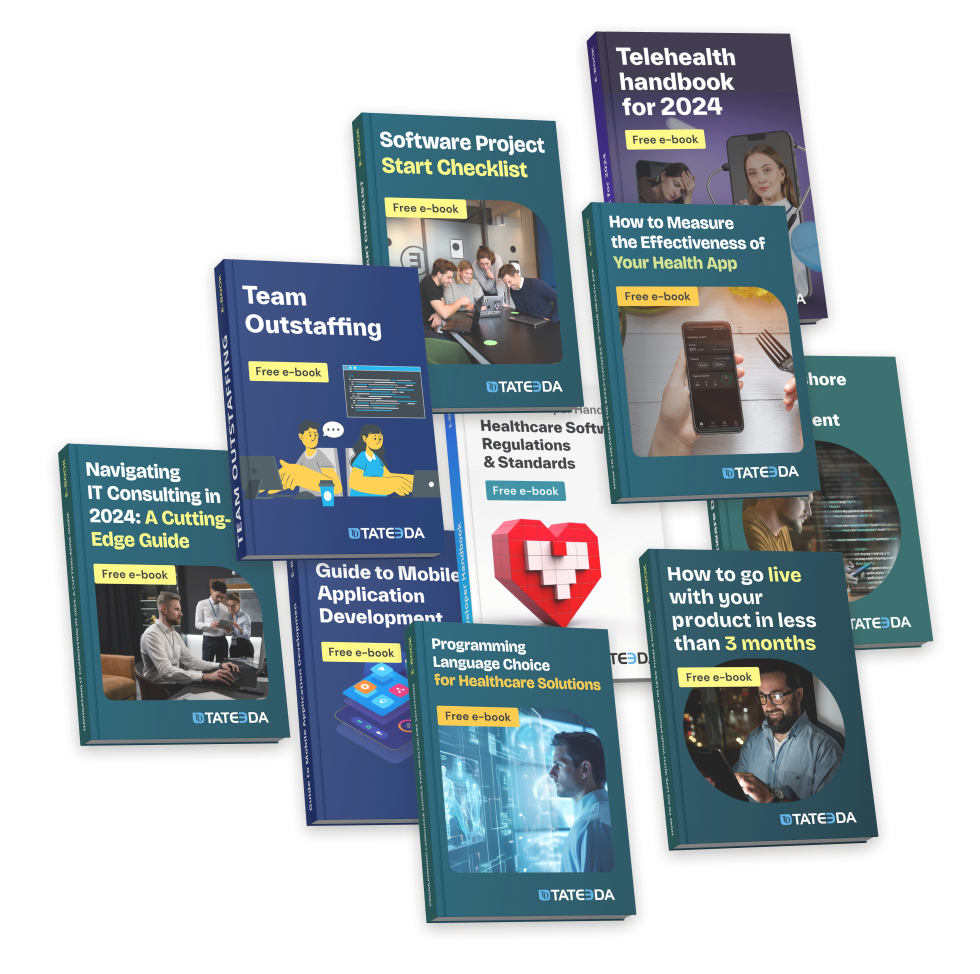Software Testing: What It is and Why It Matters

Americans are addicted to our smartphones and devices, and we are quick to upgrade when a new iteration is released. But without software, our devices are nothing more than useless hunks of glass and metal. Software brings our devices to life, yet we pretty much take it for granted, expecting it to perform flawlessly in nanoseconds.
Developers test and retest their products to ensure they are free of bugs and glitches before releasing them. There is a broad range of software testing levels, approaches and types, and each has its use in software development. We’ll look into some of the most common.

Table of Contents
Concept Testing
Before you hire a software development team to bring your concept to life, it’s a good idea to do a concept test. Concept testing evaluates the idea of your project to see if it is viable before you commit to development. It provides data about cost, risk, potential revenues and other important metrics. Concept testing can bring to light key factors that you may not have considered, such as prospective user personas, product benefits and uses, advertising and distribution, and other key factors that can make or break your product’s success.
Automated vs Manual Testing
End-user experience is the acid test of software performance. If an application is complicated or awkward to use, or if it has frequent glitches and failures, you have an inferior product that will quickly be discarded. Manual testing puts the software tester in the user’s shoes, to see what works well and what needs improvement. Manual testing often involves reviewing documentation to check that the specified features have met all requirements, and using the end product to evaluate its performance from a user experience perspective.
Automated tools test and evaluate software products using test scripts that are executed and generate results automatically. Automated testing is useful for identifying defects through the entire development cycle, but does not evaluate user experience. Most software developers use both automated and manual testing methods to ensure the end product performs flawlessly and delivers a satisfying user experience.
Read also: Medical Software Testing and Quality Assurance in Medicine

Early Testing Saves Time and Money
Testing performed by software engineers in the early stages of the development cycle can make a huge difference in the quality and performance of the end product. Shifting focus from software feature development to quality control early on can eliminate hours of time wasted later, fixing bugs and rewriting code.
Software developers can promote superior products by performing the following tests prior to handing the product over to quality assurance engineers for more extensive testing:
- Testing for basic functionality: Do basic tests for buttons, text entry fields and basic API functionality to make sure the software won’t crash before releasing it to test engineers.
- Thoroughly reviewing code: Once you perform basic functionality tests, do a peer code review to double-check for problems.
- Incorporating static code analysis: Use static code analysis tools to check your source code for security and concurrency issues, and to ensure coding standards.
- Running unit tests: Test units independently for valid and invalid inputs, and run unit tests each time a change is made to the source code repository.
- Running tests for single-user performance: Load testing on backend code is a common part of development, but you should also test the frontend for responsiveness from a single-user perspective. If page-load speed is slow, fix the underlying problem before passing it along.
While conducting test elements may not be as sexy for developers as building features and functionality, identifying and fixing issues early on can speed up the development process and ensure the delivery of a superior product.
Software Testing at Tateeda
Software engineering is a craft that requires knowledge, experience and creative talent. The developers and testers at Tateeda are dedicated to creating the highest quality custom software solutions to meet the needs and requirements of our clients. We test and retest throughout the medical software development cycle to deliver an end product that performs flawlessly and delivers satisfying user experience. Contact us today with your concept or project, and let Tateeda bring your vision to life.







